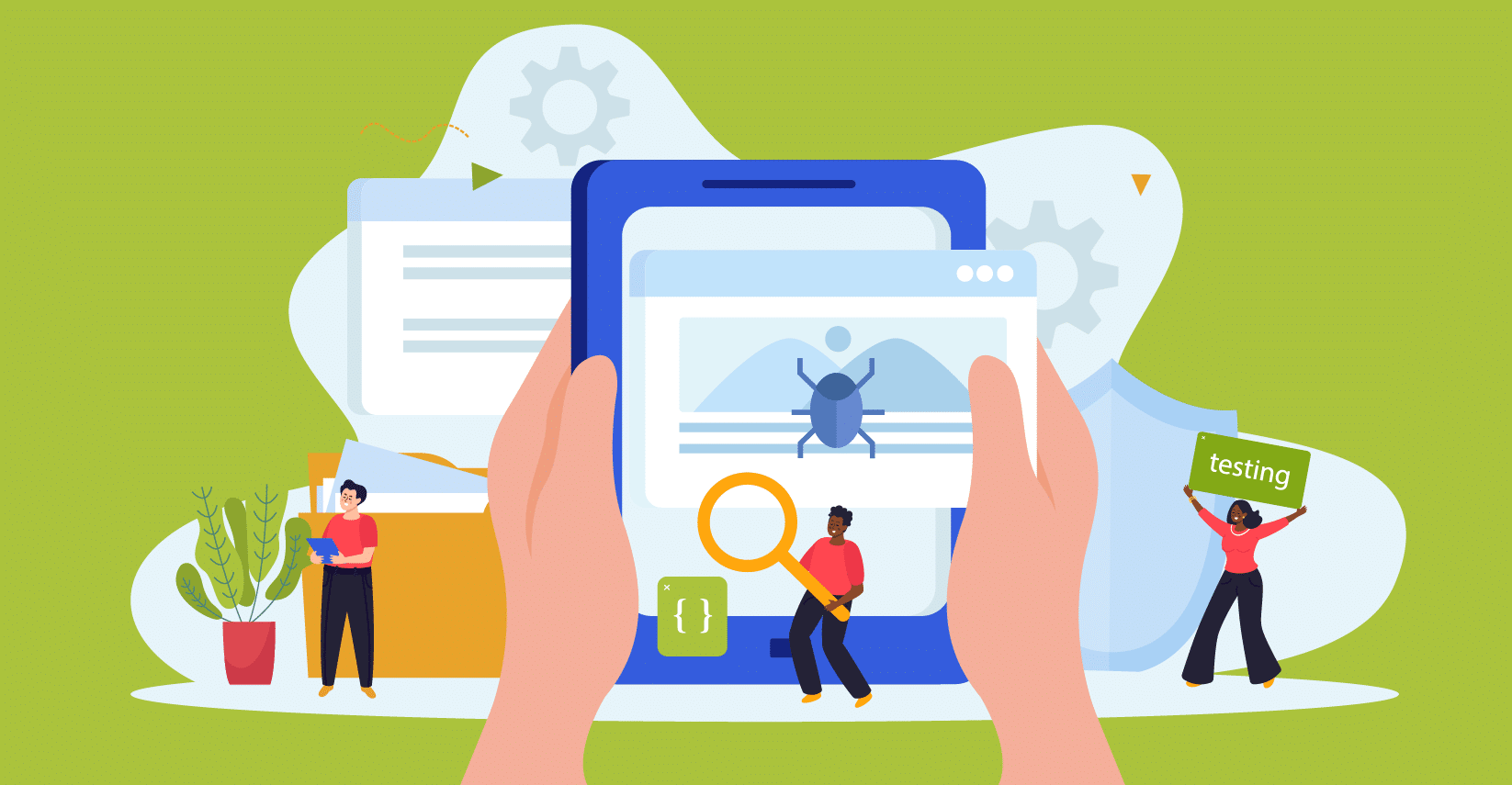Defect management is one of the most important aspects of your QA activity. By testing systems and software for bugs, you will be able to detect defects that prevent various programs from working properly.
Doing everything manually would involve a lot of extra work and would take too much of your time. This means that you need something that will help you detect bugs faster – enter defect management software. But how can you choose a program that is suitable for your needs? Read on to find out the answer.
Why Is It So Important to Track Defects?
When you work as a QA tester, bug tracking is one of the most important parts of your job. However, if you are new to this area, perhaps you do not fully understand the importance of tracking defects.
The use of defect management software ensures you can find the bugs immediately so that you can organize them based on how severe they are. Also, you will be able to keep track of bugs and see a history of bugs for the system or software you are testing. This way, you’ll have the opportunity to fix issues more efficiently.
With the bug-tracking software, you’ll gather different QA metrics and track the level of quality. Also, it will offer your project more transparency, and it would lower the cost of the product.
How to Choose the Right Defect Management Software?
If you want your QA testing efforts to pay off, you need to choose the right defect management software. But how do you do this? Well, here are some aspects to pay attention to when choosing a bug management program:
Interface
One of the most important things to take into consideration when looking at different software for defect management is the interface. The app should have a clean and simple interface, making it easy to use.
Ideally, it should grant you quick access to its features, so that you can learn its functionalities immediately.
Functionality
When you choose your defect management software, you should ensure that it offers everything your team needs.
As such, you will want to make sure that it provides:
– Reported defect prioritizing
– Comments under the reported defects
– Bug tracking based on the state
– Support for the right file types
– The ability to create custom templates for bug reports
– The feature to tag team members in the description/comments
– Exporting the reported features or bugs
– Compatibility
The software should be compatible with any other testing tools you may be using at the moment. Otherwise, it would be inconvenient to change all the other tools.
Free Trial and Cost
It would also be great if the software had a free trial so you could test it and its features before investing in it. You should also pay attention to the conditions of the trial. Moreover, see if the cost of the software is worth it or if you can find something more affordable that offers similar features.
Conclusion
To choose the right defect management software, you will have to pay attention to certain aspects, such as compatibility, functionality, interface, costs, and others. This way, you can ensure that your team gets exactly what it needs.


























